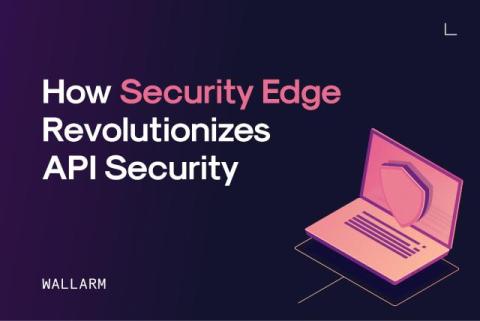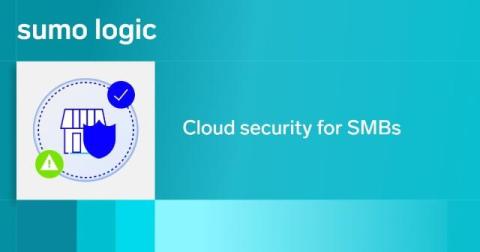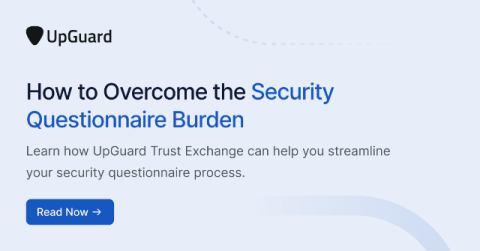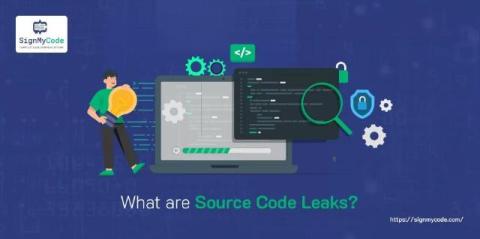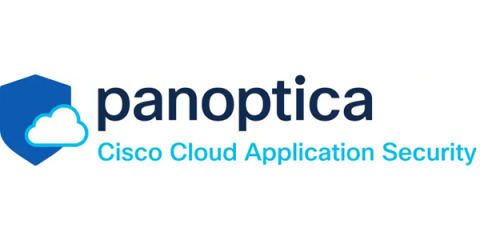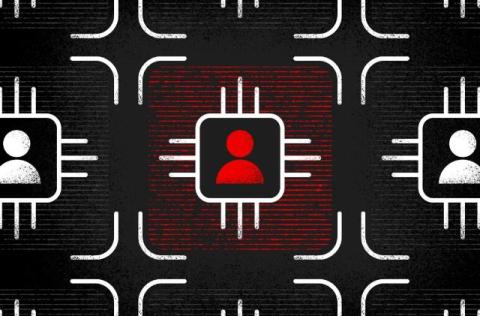How Security Edge Revolutionizes API Security
Wallarm’s Security Edge is setting a new standard in API security—far beyond the reach of traditional Content Delivery Networks (CDNs). Let’s get it straight: Security Edge is not just a new addition to the API security market; it’s a disruption. Designed to deliver fast, effective, and advanced API protection where APIs need it, Wallarm’s Security Edge targets what CDNs cannot.


